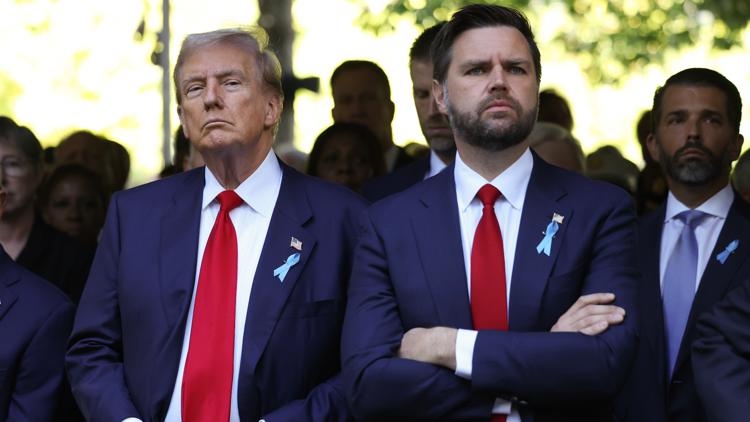Opinion editor’s note: Strib Voices publishes a mix of guest commentaries online and in print each day. To contribute, click here . ••• In Bryn Mawr, one of Minneapolis’ most cherished neighborhoods, an alarming pattern is emerging that mirrors a troubling trend across Minnesota.
Wealthy private interests are buying up land adjacent to public spaces and attempting to restrict community access, echoing similar moves like Margaret Cargill’s trust purchasing large tracts in Duluth. But here in our corner of Minneapolis, residents are fighting back. For generations, the paths through Anwatin Woods have served as vital arteries of our community.
Parents walk their children to Anwatin Middle School along these trails. Neighbors meet while walking their dogs. Families introduce their little ones to urban wildlife, teaching them about the owls that nest in our mature trees and the foxes that dart through our undergrowth.
These paths aren’t just conveniences — they’re the connective tissue of our neighborhood. Now, the Vanessa D. Dayton Revocable Trust has purchased significant portions of land adjacent to these public pathways.
Fences have appeared where none existed before. Even more disturbingly, families using these long-established public paths have reported being confronted and harassed by a woman claiming ownership of the land, who ominously boasted of having “lots of friends downtown.” This is hardly the moment in our society’s history when we need more divisions.
As our nation grapples with unprecedented polarization, as our cities struggle to maintain their sense of community, the last thing we need is wealthy interests sweeping into established neighborhoods to erect literal and figurative barriers between neighbors. Yet in this challenge, we’ve witnessed the true character of Bryn Mawr emerge. When harassment made families uncomfortable using traditional pathways, neighboring residents stepped up to reroute the path through their private property and what’s understood to be public land.
This selfless act exemplifies everything that makes our neighborhood special — we look out for each other, we value community over private interests and we understand that shared spaces are worth protecting. The attempted privatization of public spaces isn’t just a Bryn Mawr issue. It’s happening across Minnesota and throughout the country.
Whether it’s wealthy trusts buying up shoreline access in Duluth or private interests fencing off historically public paths in Minneapolis, we’re witnessing a disturbing trend of money being used to separate people from places they’ve long considered commons. These actions raise crucial questions about equity and access. Who gets to decide the fate of spaces that have served as public thoroughfares for generations? Should wealth grant the right to disrupt established community connections? When private interests clash with public good, which should prevail? The Minnesota Historical Society has already weighed in, preemptively describing any attempt to acquire the public pathway through Anwatin Woods as “probably the least chill thing to ever happen in Bryn Mawr.
” While this characterization might bring a smile, the underlying issue is deadly serious. Our city officials need to take immediate action. First, they must investigate the current situation and ensure all public rights-of-way are being respected.
Second, they should implement measures to permanently preserve these spaces for public use. Finally, they must address the reported harassment of community members, particularly the intimidation of families and children. But beyond these immediate steps, we need broader policy solutions.
We need regulations that prevent wealthy interests from disrupting established community connections. We need stronger protections for public access to shared spaces. And we need leadership that understands that in times of division, we should be creating more connections, not fewer.
Bryn Mawr — with its parks, trails, lakes, green spaces, shops and restaurants, and wonderful neighbors — has always been a model of what urban community can be. When you know this neighborhood, you understand why its residents are fighting so hard to preserve it. This isn’t just about protecting paths through the woods.
It’s about standing up for the principle that some things — like community connections and access to nature — shouldn’t be for sale at any price. Our neighborhood’s response to this challenge demonstrates that while it’s never been easy to push back against those with deep pockets and bad vibes, it’s possible when communities stand together. The question now is whether our city officials will stand with us.
Juventino Meza lives in the Bryn Mawr neighborhood of Minneapolis..
Politics
The battle for Bryn Mawr’s soul: When private wealth threatens public spaces
In Minneapolis, in Minnesota and nationwide, we’re seeing a disturbing trend of money being used to separate people from places they’ve long considered commons.














